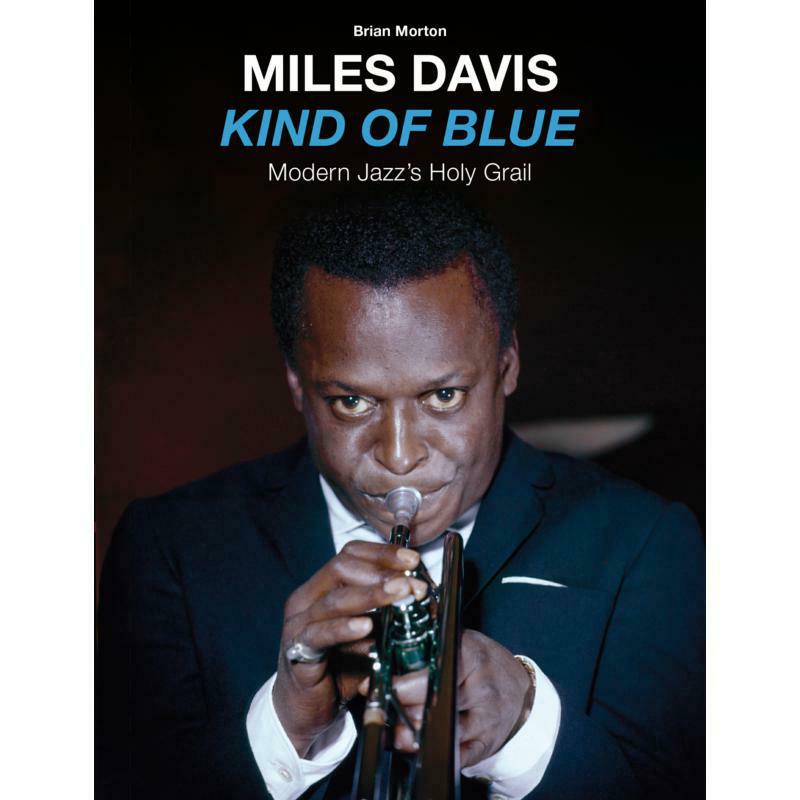Introduction to Bitches Brew
"Bitches Brew" by Miles Davis, released in 1970, is a groundbreaking track that redefined the landscape of jazz and music at large. Emerging during a time of significant cultural shifts, this track is a quintessential piece of the jazz-fusion genre, blending elements of jazz with rock and funk influences.
Cultural Context and Impact
The release of "Bitches Brew" came at the tail end of the 1960s, a decade marked by the British Invasion, the rise of psychedelia, and a burgeoning protest culture. This track, with its experimental nature, captured the spirit of innovation and defiance prevalent during this era. The album of the same name became a commercial success, reaching gold status and influencing countless artists across various genres.
Production and Sound
Produced by Teo Macero, "Bitches Brew" is notable for its use of studio techniques that were revolutionary at the time. The track features extensive use of tape editing and looping, creating a soundscape that was both complex and immersive. The ensemble included a variety of instruments such as electric pianos, bass clarinets, and multiple percussionists, contributing to its rich, layered texture.
Notable Live Performances
One of the most memorable live renditions of "Bitches Brew" was performed by Miles Davis at the Isle of Wight Festival in 1970. This performance showcased the track's dynamic range and the improvisational prowess of Davis and his band, leaving a lasting impression on audiences and critics alike.
Modern Legacy
"Bitches Brew" remains a seminal work in the jazz-fusion genre, continuing to inspire musicians and producers. Its innovative approach to composition and production has cemented its status as a timeless piece of music history. The track's influence can be heard in the works of contemporary artists who seek to push the boundaries of genre and sound.






Comments (0)